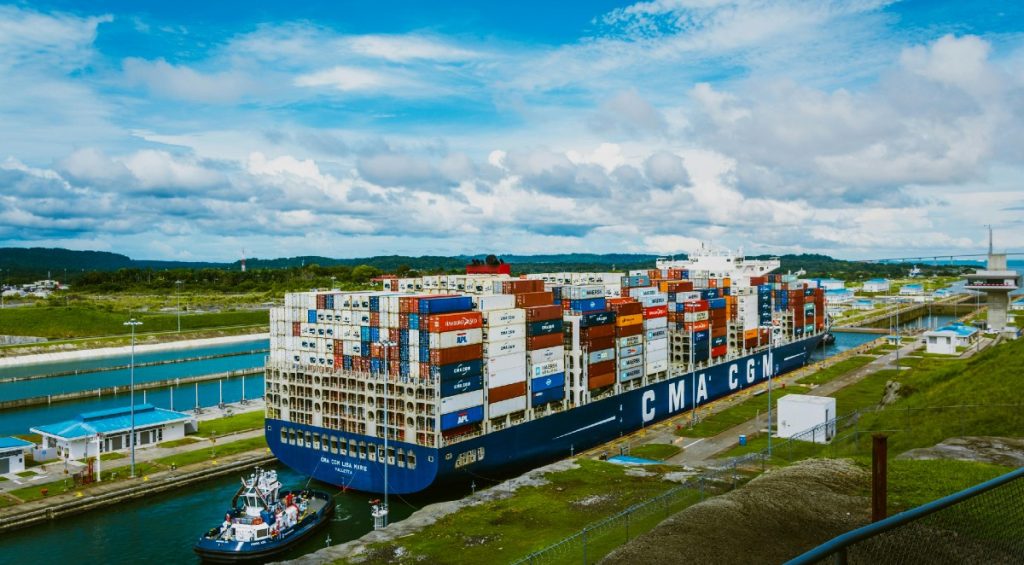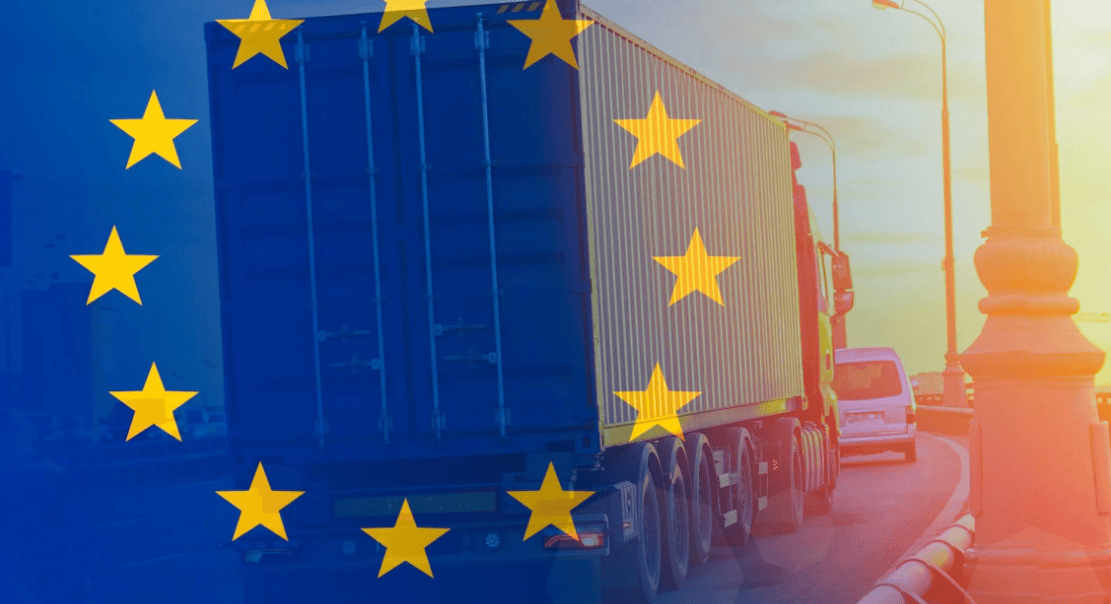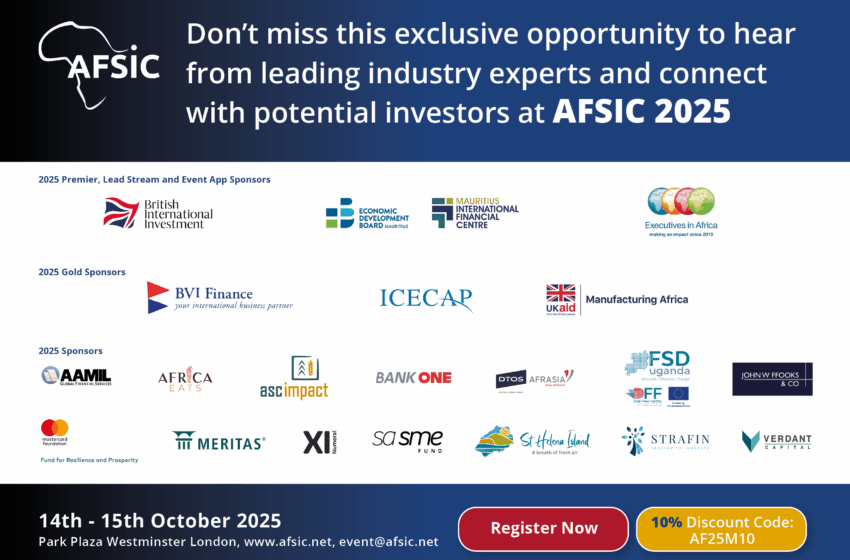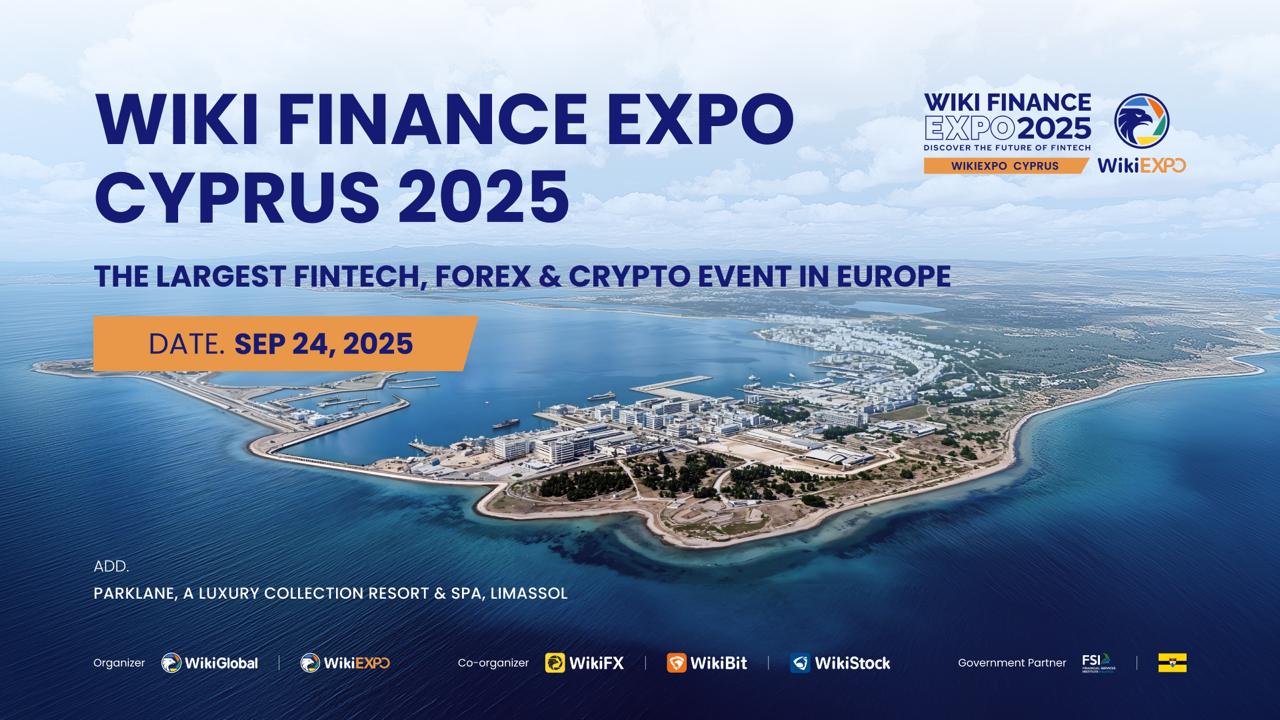Shipping disruptions drive higher costs, inflate prices, and challenge decarbonization goals, particularly in vulnerable economies. With Asia and the Pacific at the center of global trade, addressing these challenges requires innovative strategies from low-carbon fuels to green port infrastructure.
A multidimensional crisis is brewing in the shipping industry, which carries over 80% of the world’s trade. Global supply chains are experiencing increasingly frequent and widespread disruptions.
The shock waves of the COVID-19 pandemic, geopolitical events in the Red Sea, Russia’s war in Ukraine, and climate-induced low water levels in the Panama Canal have global consequences.
The first immediate ripple effect is on shipping costs. Disruptions force vessels to reroute, clogging port infrastructure and access to ships and containers, thereby increasing shipping costs.
High disruptions in global supply chains lead to higher shipping costs. For example, disrupting one million containers can push up container shipping rates by about $2,300 per container, according to the World Bank’s stress index and the Shanghai Containerized Freight Index.
Subsequently, shipping rates create higher inflation rates. The International Monetary Fund estimates that inflation picks up by about 0.7 percentage points when freight rates double. Unfortunately, poorer countries often pay a higher penalty. For example, due to current disruptions, processed food prices could rise 1.3% in vulnerable economies by 2025.
Frequent maritime disruptions create a longer-term hostile environment for trade competitiveness. Small island developing states and landlocked states lose shipping connectivity, and trade suffers.
In Asia and the Pacific, connectivity improvements have stagnated or worsened, according to the Liner Shipping Connectivity Index, which measures a country’s shipping connections based on factors like ship calls, shipping capacity, and service frequency.
Over the last decade, 17 Asian economies experienced a decline in connectivity with small island developing states disproportionately affected. This disparity is even more apparent at the port level. A 2024 survey of over 300 Asian ports showed that 74% fall below the global average for connectivity.
In the last decade, contrary to trade facilitation measures, trade openness has decreased for most remote small island developing states in the region. This suggests these economies are becoming more isolated, and disruptions to shipping could further hinder their development, especially with the potential for disruptions to impact “just-in-time” supply chains.
https://public.tableau.com/views/MaritimeBlog_202501/D_SCSI?:showVizHome=no&:embed=true
Shipping disruptions also pose a severe threat to decarbonization goals. Longer routes and increased sailing speeds needed to maintain service schedules, and a shift to higher-carbon modes, increase carbon output.
The shipping industry faces stern emission hurdles. The new International Maritime Organization (IMO) targets include a 20% to 30% reduction in emissions by 2030, a 70% reduction by 2040 (compared to 2008), and achieving net-zero emissions by around 2050.
However, with disruptions in the maritime industry increasing, the complexity of decarbonization is growing manifold. For example, the evidence indicates that as disruptions increase, so do shipping distances. Uncertainty creates a ripple effect. With global shipping contributing 3% of greenhouse gas emissions, the need for action is clear.
Evidence suggests that about two-thirds of maritime decarbonization could be achieved using alternative low or zero-carbon fuels. While a carbon levy on shipping could be a straightforward solution, it’s mired in political complexities.
Countries are struggling to find an equitable system that ensures fair competition while minimizing economic impact. Some studies suggest a carbon levy (e.g., $150-$300 per ton of CO2) could hinder global GDP growth. The IMO has launched several innovative projects over the last decade to build consensus.
For example, The Global Maritime Technologies Cooperation Centres Network fosters collaboration and knowledge sharing on decarbonization technologies. The Future Fuels and Technology for Low- and Zero-carbon Shipping Project provides technical expertise to inform IMO policy discussions.
The Green Voyage 2050 project helps developing countries implement strategies to reduce shipping emissions nationally. The IMO CARES Foundation Project facilitates the transfer and implementation of green technologies in developing countries.

Rising disruptions in global shipping are inflating costs, threatening trade connectivity, and complicating decarbonization goals, particularly for Asia.
In this region, ADB’s new maritime decarbonization initiative will finance innovative green infrastructure projects in ports. Maritime connectivity and intermodal infrastructure to strengthen the role of shipping in the global economy is also a focus.
Asia and the Pacific is at the heart of the maritime industry’s decarbonization challenge and must find an answer quickly. The region handles 63% of global container trade, manufactures over 90% of shipping capacity, and boasts 49% of the world’s port area. Furthermore, 61% of the global seafarer supply comes from Asia.
This concentration of maritime activity places a significant responsibility on Asian countries to lead the way in reducing greenhouse gas emissions from the shipping sector. Reaching zero emissions by 2050 will require massive investment and could lead to higher shipping costs, especially for developing countries in Asia.
Just as disruptions in shipping can have far-reaching consequences, positive reinforcing actions can create a ripple effect of benefits.
Alvin Mejia, Co-Team Lead, Asian Transport Observatory, contributed to this article.
Source: ADB Blog



































































